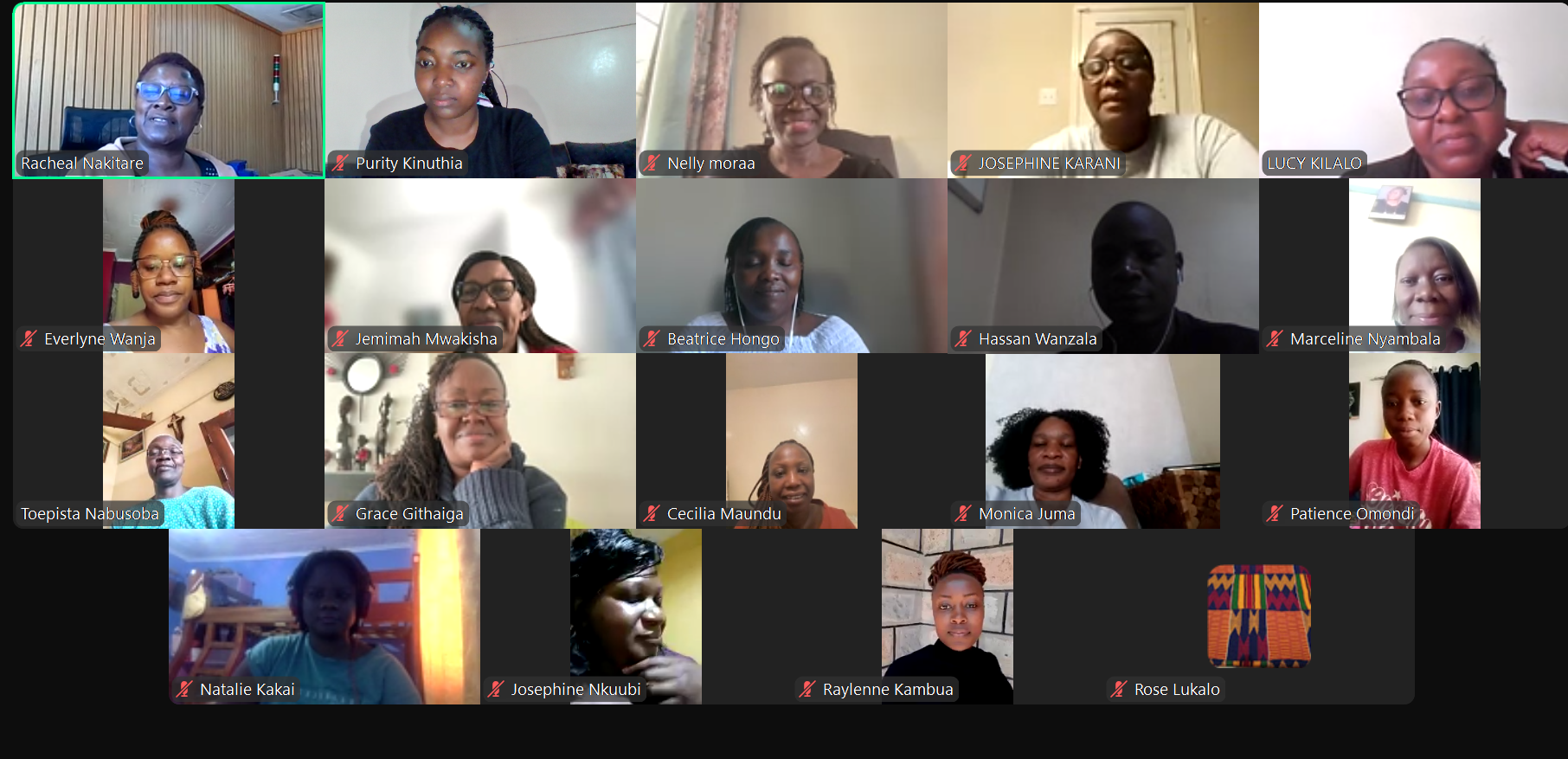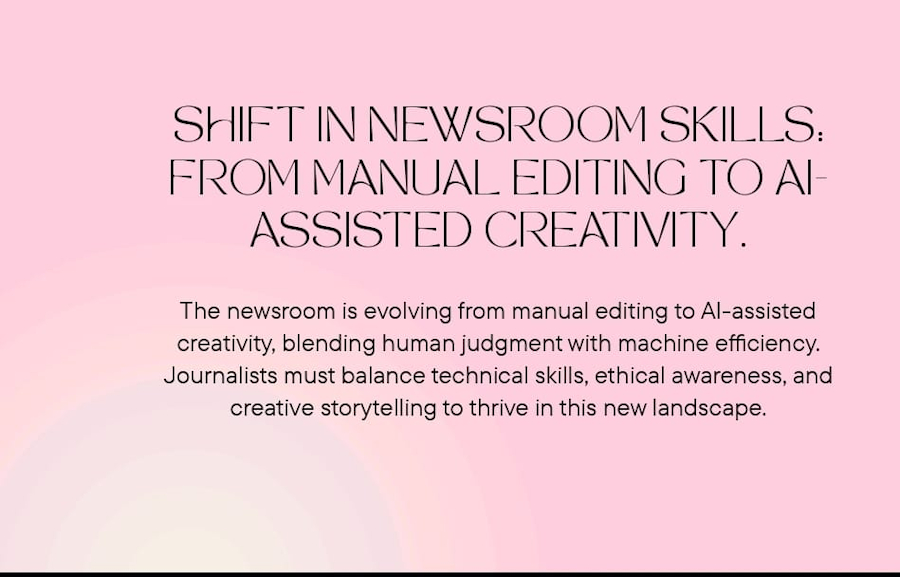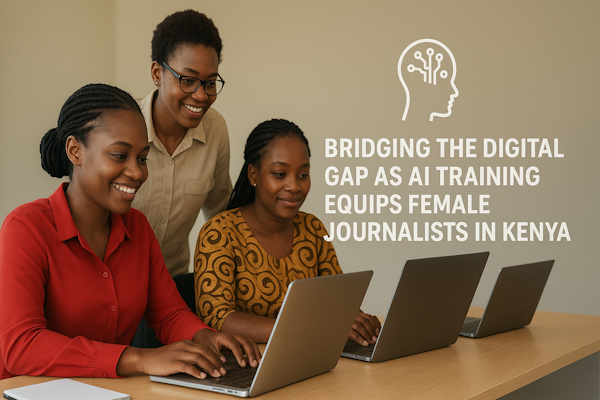By Purity Kinuthia.
The position of women in mainstream media continues to be a crucial topic of discussion in an
era where technology advancement is changing journalism.
On February 8, 2025, the International Association of Women in Radio and Television (IAWRT) Kenya Chapter held an online webinar to validate findings from its research on the use of technology by women in mainstream media in Kenya.
The study, commissioned by IAWRT and supported by the Association of Progressive Communication (APC), examined how women practicing journalism are leveraging technology, the challenges they face, and potential solutions to bridge existing gender gaps in media spaces.
The research revealed that female journalists have already taken steps to embrace emerging technology even though they continue to face significant challenges.
During the webinar, lead researcher Lucy Kilalo noted that the study covered mainstream media, community radio stations, and regional media organizations, with a sample of 97 respondents, 80% of whom were female, primarily aged between 25 and 34 years.
Findings from the research indicated significant growth toward gender equality in digital media departments, though disparities still exist.
Ms. Kilalo, for instance, noted that in focus group discussions, a female journalist from the Kenya News Agency shared that they are often placed in roles requiring software use, while men were tasked with operations involving hardware tools in newsrooms.
The research further highlighted both the positive and negative impacts of interacting with technology tools in media work for female journalists.
Positive impacts of technology on female journalists.
Technology presents immense opportunities for female journalists, including:
- Increased visibility – Journalists can create personal brands that extend beyond their workplaces.
- Equal opportunities in content creation – Technological advancements have made affordable hardware and software tools more accessible, democratizing content creation and enabling more female journalists to thrive in media production.
- Amplifying women’s voices – Digital platforms provide avenues for women to share stories and perspectives that might otherwise be underrepresented.
- Access to information – Technology allows female journalists to access reliable and credible information more easily, improving their reporting.
Challenges posed by technology.
On the flip side, technology has also introduced several challenges, including:
- Online harassment – Online Gender-Based Violence (OGBV) remains a significant issue, with female journalists frequently targeted, sometimes due to the stories they cover.
- Algorithmic biases – AI-driven content distribution can reinforce existing inequalities in media representation.
- Monetization disparities – Women in media often struggle to monetize content at the same level as their male counterparts.
- Tech tools and social media platforms water down real-person relations – The rise of tech tools and social media platforms has reduced face-to-face interactions, affecting newsroom dynamics.
Barriers to the adoption of new technology.
- Gender bias – Gender bias remains a challenge in technology adoption, with more trust being placed in men and the perception that they are more tech-savvy. This hinders female journalists from being assigned certain tasks, such as videography roles in newsrooms.
- Inadequate finances – Funding for up-to-date technology can be a challenge, preventing some journalists from accessing the tools they need to fully explore technological opportunities. This further exacerbates gender inequality.
- Organizational resistance – Some media organizations are slow to adopt new technology, making it difficult for female journalists to fully utilize their tech skills at work.
- Cost of premium software subscriptions – The expense of subscribing to premium software can be a barrier to accessing essential digital tools.
The way forward;
During the webinar, discussions focused on ways to better support female journalists in navigating technology’s challenges.
The C.E.O of Kenya ICT Action Network (KICTANet), Grace Githaiga, posed the question: “What is the one thing you would advise a female journalist to adopt in the era of technological advancement?”
Ms. Kilalo responded by emphasizing the importance of continuous training.
“Female journalists need to join professional bodies that provide access to training opportunities that can enhance their skills. Organizations such as IAWRT, the Association of Media Women in Kenya (AMWIK), and the Media Council of Kenya (MCK) are among those offering such opportunities,” she said.
Natalie Kakai also raised concerns about artificial intelligence and its potential to replace human workers in the industry.
Media gurus Jemimah Mwakisha, Rose Lukalo and Merceline Nyambala pointed out the need to mainstream gender sensitive reporting in the midst of technological innovations, the need to embrace female content creators on the online spaces and inject professional journalism in their work, and taking the report recommendations to the next level respectively.
Recheal Nakitare pointed out that beyond the research, IAWRT remains committed to continuous training and mentorship for female journalists to ensure they thrive in media spaces in Kenya and beyond.
The research report, set to be officially released on International Women’s Day, March 8, 2025, is expected to inform policymakers, media organizations, and educational institutions on necessary interventions to support women journalists in utilizing the full potential of technology.
The findings and recommendations from this study serve as a critical roadmap for achieving greater gender equality in the media industry.
The webinar highlighted the urgent need to bridge the gender digital divide and create an enabling environment where female journalists can thrive in an increasingly technology-driven media space.
With concerted efforts from all stakeholders, women in media can fully make use of technology to advance their careers and contribute meaningfully to journalism in Kenya and beyond.





